The EasterMurders
New York City
March 1937
Robert Grey ReynoldsJr.
Smashwords Edition2014
From 1880 until World War Ithe number of reported crimes in the United States decreased. Theexceptions are the years immediately preceding and following theFirst World War. After a period of readjustment the American crimerate declined consistently until the beginning of the GreatDepression in 1930. Another U.S. crime wave has been chronicledbeginning in the third decade of the twentieth century. The triplemurders that occurred in Manhattan on Easter weekend in 1937 werehighly publicized by New York Citys newspapers and the nationalmedia. Popular radio personalities and journalists, such as WalterWinchell  Figure 1 Walter Winchell, Time Magazine and Ed Sullivan,
Figure 1 Walter Winchell, Time Magazine and Ed Sullivan,  Figure 2 Newspaper Columnist Ed Sullivan covered the grislydetails of the Beekman Place slayings.
Figure 2 Newspaper Columnist Ed Sullivan covered the grislydetails of the Beekman Place slayings.  Figure 3 City Landscape (1934) Veronica Gedeon was murdered on March28, 1937. The New York City Police force assigned seventy-fivedetectives to the triple slaying.
Figure 3 City Landscape (1934) Veronica Gedeon was murdered on March28, 1937. The New York City Police force assigned seventy-fivedetectives to the triple slaying.
The other murder victimswere Veronicas mother, Mary Gedeon (born 1884), and a roomer,Frank Byrnes. The murders occurred inside a fifth floor apartmentlocated at 318 East 50 th Street. The victims were found on the afternoon ofMarch 28 th , which was Easter Sunday. Joseph Gedeon (born 1884), VeronicaGedeons father, was an upholsterer of Hungarian descent. Hediscovered the three bodies when he came to the apartment forEaster dinner. Joseph was separated from his wife Mary, who livedin the flat along with her daughter. Joseph arrived at theapartment with his other daughter, Ethel, and her husband, JosephCharles Kudner (1910-1990). A triple murderer had exited theestablishment sometime in the early hours of Easter morning. Heleft behind two women that he had attacked and strangled, andByrnes who was mortally wounded by an ice pick that had pierced hisbrain.
Byrnes had been stabbedeleven times with the ice pick. An immigrant, Byrnes was a nativeof Liverpool, England, born there in 1902. Before coming to theUnited States in 1924, Frank was employed as a shipfitter. From1925 until his death Byrnes worked as a gamekeeper, bartender, anda cocktail shaker. At the time of his death he was employed as awaiter at the upscale Racquet and Tennis Club on ParkAvenue. 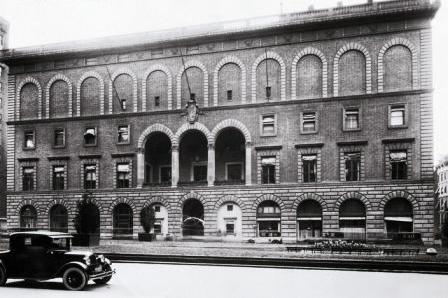 Figure 4 Racquet and Tennis Club Veronica and her sisterwere not close. A difference in ages was magnified by a disparityin the sisters dispositions. Ethel was more like her dad, with aserious and judicious personality. Ronnie, as her friends calledher, was more carefree like her mother. Both Ethel andVeronica
Figure 4 Racquet and Tennis Club Veronica and her sisterwere not close. A difference in ages was magnified by a disparityin the sisters dispositions. Ethel was more like her dad, with aserious and judicious personality. Ronnie, as her friends calledher, was more carefree like her mother. Both Ethel andVeronica 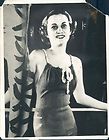 Figure 5 Veronica Gedeon had experienced failed marriages.They both wed very young, at 16. Ronnies marriage was annulled in1933. When it ended she returned home.
Figure 5 Veronica Gedeon had experienced failed marriages.They both wed very young, at 16. Ronnies marriage was annulled in1933. When it ended she returned home.
Her father disliked thechanges he observed in his daughter. Joseph especially objected toher drinking and unrestrained behavior. His dissatisfaction abouthis youngest daughter led to a rift in his marriage to Mary. Theirbreakup had antecedents that occurred over time. Joseph eventuallyleft the East 50 th Street apartment and moved into his upholsteryshop. His business was located at 215 East34 th Street.
The firm was established asearly as 1912, according to a city directory of New York City fromthat year. Joseph and Mary had remained civil with one another.Joseph visited his wife on occasion, most often to use theapartments showers. On March 28 th he wore a brown suit inanticipation of reuniting with his family for Easter dinner at theBeekman Place dwelling. 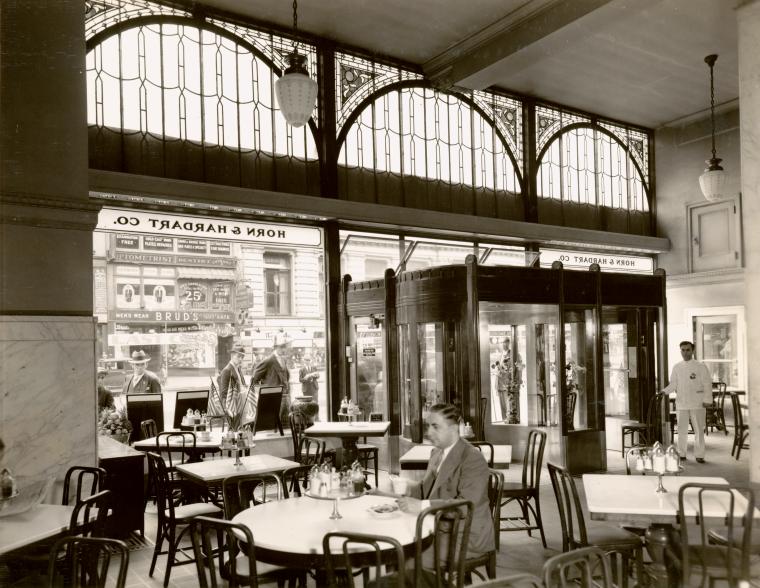 Figure 6 East 14th Street Diner in 1935 Joseph had beenseparated from his wife for four years in 1937, and he maintainedhopes of reconciling with her. Before going uptown to the apartmentJoseph went inside Corrigans Bar on 3 rd Avenue.
Figure 6 East 14th Street Diner in 1935 Joseph had beenseparated from his wife for four years in 1937, and he maintainedhopes of reconciling with her. Before going uptown to the apartmentJoseph went inside Corrigans Bar on 3 rd Avenue. 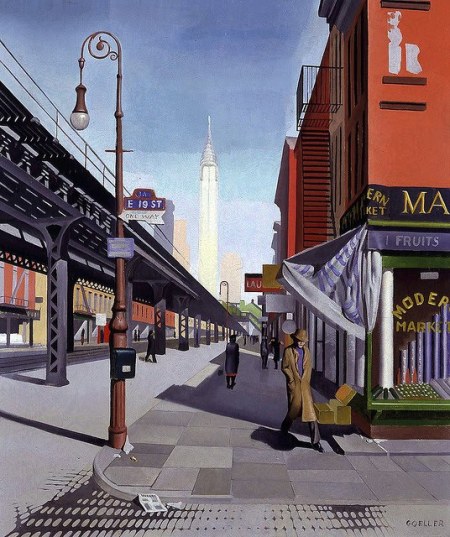 Figure 7 3rd Avenue El, 1930s Art A chill was in the airthat Easter afternoon. The night before he had played skeeball, aproportionally reduced version of bowling, insideCorrigans.
Figure 7 3rd Avenue El, 1930s Art A chill was in the airthat Easter afternoon. The night before he had played skeeball, aproportionally reduced version of bowling, insideCorrigans. 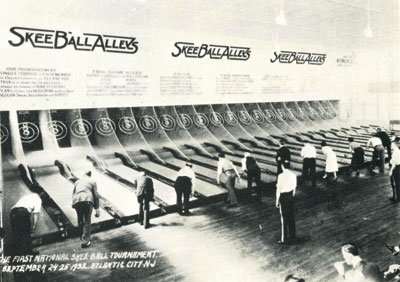 Figure 8 Skeeball Tournament in 1932 He hoped to find agray fedora hat he had lost while he was in Corrigans the previousevening. His family was expecting him for Easter dinner at twothirty. Joseph arrived shortly after 2, taking the Second AvenueEl.
Figure 8 Skeeball Tournament in 1932 He hoped to find agray fedora hat he had lost while he was in Corrigans the previousevening. His family was expecting him for Easter dinner at twothirty. Joseph arrived shortly after 2, taking the Second AvenueEl. 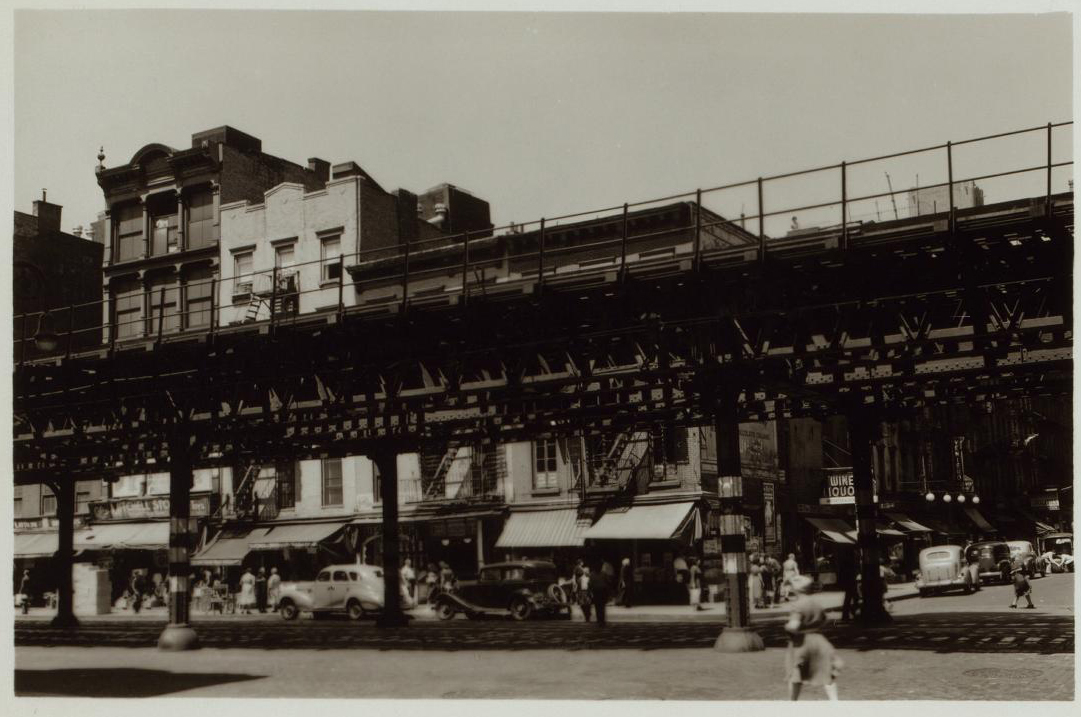 Figure 9 1st Ave. SW Corner of 11th Street, 2nd Ave. El,1942 Before he made the trek over he called is wifes apartmentfrom a telephone booth on East 50 th Street. There was no answer.Joseph imagined to himself that Ronnie and Mary were attending theEaster Parade.
Figure 9 1st Ave. SW Corner of 11th Street, 2nd Ave. El,1942 Before he made the trek over he called is wifes apartmentfrom a telephone booth on East 50 th Street. There was no answer.Joseph imagined to himself that Ronnie and Mary were attending theEaster Parade.  Figure 10 Easter Parade, 5th Avenue, 1941 When there was noanswer he decided to pass a half hour doing some shopping. Hepurchased a potted lily for Mary and a box of chocolates for bothof his daughters.
Figure 10 Easter Parade, 5th Avenue, 1941 When there was noanswer he decided to pass a half hour doing some shopping. Hepurchased a potted lily for Mary and a box of chocolates for bothof his daughters.
Joseph bought five cigarsfor himself and Joe Kudner, his son-in-law. Gedeon placed anothercall to the apartment around 2:45 PM with the same result. Aroundthis time Ethel and Joe arrived from their Astoria, Queensapartment. Ethel soon became agitated. She persistently asked herfather to ring the bell to the apartment a second time, even thoughhe told her that no one was at home. Joseph then decided to go upto the fifth floor residence by himself. Ethel wore new shoes onthis Easter day, and they were hurting her feet. She stood with herhusband at the base of the stairs of the 316 East50 th Street building, rather than make the extended climb. Veronicahad quit Bryant High School, 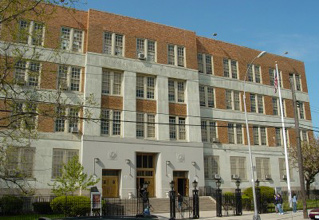 Figure 11 William Cullen Bryant High School, New York Cityopting to attend Moler Beauty Culture School instead. She startedmodeling by accident, with the help of her sister. After sheremarried Ethel took a position as a stenographer with Vanity Fair.
Figure 11 William Cullen Bryant High School, New York Cityopting to attend Moler Beauty Culture School instead. She startedmodeling by accident, with the help of her sister. After sheremarried Ethel took a position as a stenographer with Vanity Fair. 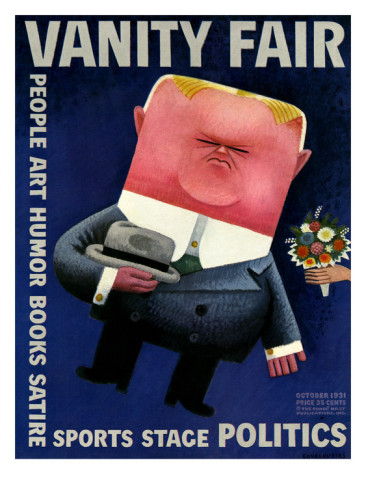
Next page
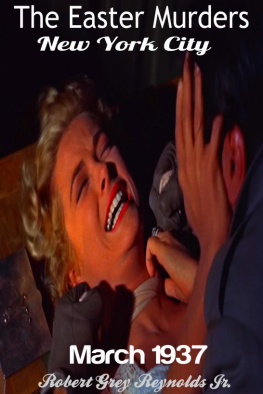
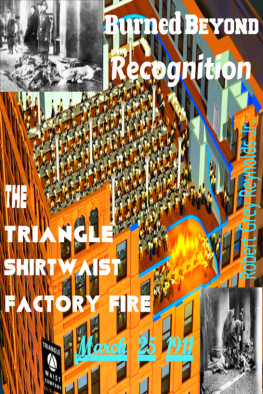

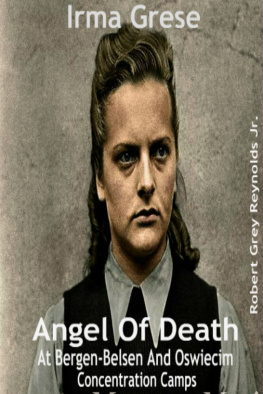
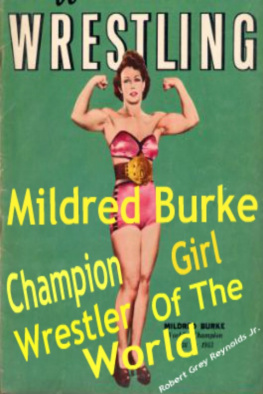
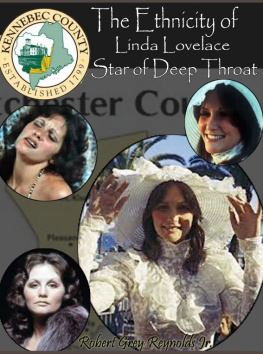
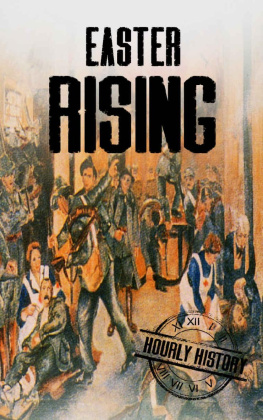
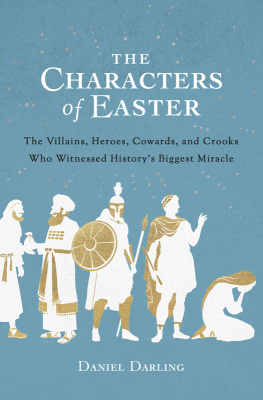
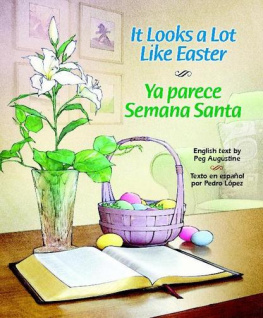

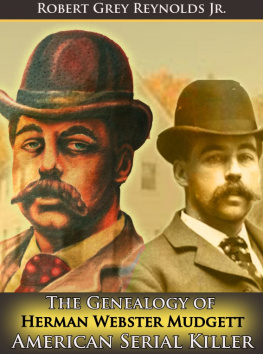

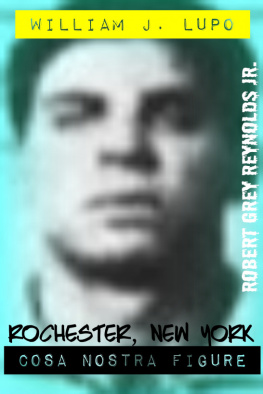



 Figure 1 Walter Winchell, Time Magazine and Ed Sullivan,
Figure 1 Walter Winchell, Time Magazine and Ed Sullivan,  Figure 2 Newspaper Columnist Ed Sullivan covered the grislydetails of the Beekman Place slayings.
Figure 2 Newspaper Columnist Ed Sullivan covered the grislydetails of the Beekman Place slayings.  Figure 3 City Landscape (1934) Veronica Gedeon was murdered on March28, 1937. The New York City Police force assigned seventy-fivedetectives to the triple slaying.
Figure 3 City Landscape (1934) Veronica Gedeon was murdered on March28, 1937. The New York City Police force assigned seventy-fivedetectives to the triple slaying. Figure 4 Racquet and Tennis Club Veronica and her sisterwere not close. A difference in ages was magnified by a disparityin the sisters dispositions. Ethel was more like her dad, with aserious and judicious personality. Ronnie, as her friends calledher, was more carefree like her mother. Both Ethel andVeronica
Figure 4 Racquet and Tennis Club Veronica and her sisterwere not close. A difference in ages was magnified by a disparityin the sisters dispositions. Ethel was more like her dad, with aserious and judicious personality. Ronnie, as her friends calledher, was more carefree like her mother. Both Ethel andVeronica  Figure 5 Veronica Gedeon had experienced failed marriages.They both wed very young, at 16. Ronnies marriage was annulled in1933. When it ended she returned home.
Figure 5 Veronica Gedeon had experienced failed marriages.They both wed very young, at 16. Ronnies marriage was annulled in1933. When it ended she returned home. Figure 6 East 14th Street Diner in 1935 Joseph had beenseparated from his wife for four years in 1937, and he maintainedhopes of reconciling with her. Before going uptown to the apartmentJoseph went inside Corrigans Bar on 3 rd Avenue.
Figure 6 East 14th Street Diner in 1935 Joseph had beenseparated from his wife for four years in 1937, and he maintainedhopes of reconciling with her. Before going uptown to the apartmentJoseph went inside Corrigans Bar on 3 rd Avenue.  Figure 7 3rd Avenue El, 1930s Art A chill was in the airthat Easter afternoon. The night before he had played skeeball, aproportionally reduced version of bowling, insideCorrigans.
Figure 7 3rd Avenue El, 1930s Art A chill was in the airthat Easter afternoon. The night before he had played skeeball, aproportionally reduced version of bowling, insideCorrigans.  Figure 8 Skeeball Tournament in 1932 He hoped to find agray fedora hat he had lost while he was in Corrigans the previousevening. His family was expecting him for Easter dinner at twothirty. Joseph arrived shortly after 2, taking the Second AvenueEl.
Figure 8 Skeeball Tournament in 1932 He hoped to find agray fedora hat he had lost while he was in Corrigans the previousevening. His family was expecting him for Easter dinner at twothirty. Joseph arrived shortly after 2, taking the Second AvenueEl.  Figure 9 1st Ave. SW Corner of 11th Street, 2nd Ave. El,1942 Before he made the trek over he called is wifes apartmentfrom a telephone booth on East 50 th Street. There was no answer.Joseph imagined to himself that Ronnie and Mary were attending theEaster Parade.
Figure 9 1st Ave. SW Corner of 11th Street, 2nd Ave. El,1942 Before he made the trek over he called is wifes apartmentfrom a telephone booth on East 50 th Street. There was no answer.Joseph imagined to himself that Ronnie and Mary were attending theEaster Parade.  Figure 10 Easter Parade, 5th Avenue, 1941 When there was noanswer he decided to pass a half hour doing some shopping. Hepurchased a potted lily for Mary and a box of chocolates for bothof his daughters.
Figure 10 Easter Parade, 5th Avenue, 1941 When there was noanswer he decided to pass a half hour doing some shopping. Hepurchased a potted lily for Mary and a box of chocolates for bothof his daughters. Figure 11 William Cullen Bryant High School, New York Cityopting to attend Moler Beauty Culture School instead. She startedmodeling by accident, with the help of her sister. After sheremarried Ethel took a position as a stenographer with Vanity Fair.
Figure 11 William Cullen Bryant High School, New York Cityopting to attend Moler Beauty Culture School instead. She startedmodeling by accident, with the help of her sister. After sheremarried Ethel took a position as a stenographer with Vanity Fair. 